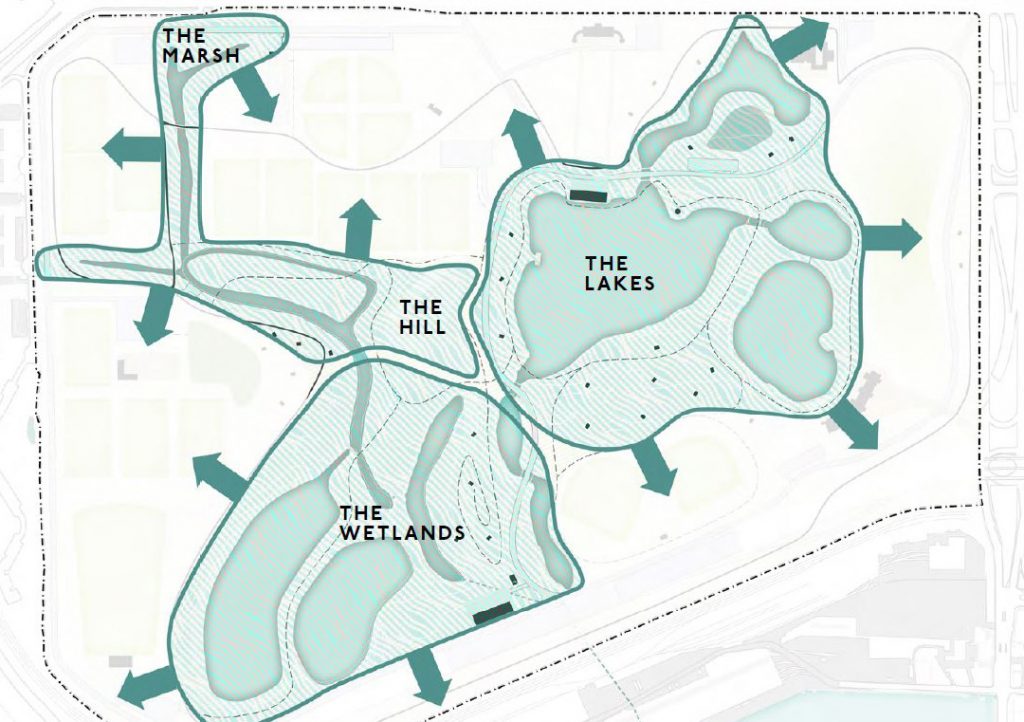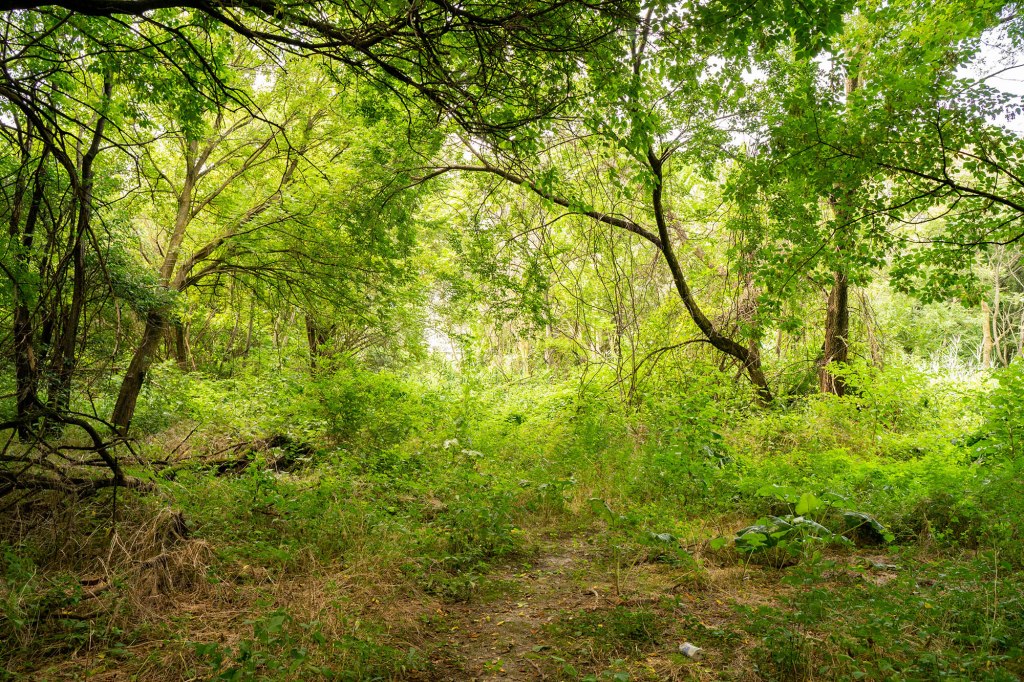Jayson Massey
April 1, 2024
Franklin Delano Roosevelt (FDR) Park is 348 acres in the middle of an updated master plan that changes the park considerably. FDR Park used to be wetlands and marshes separated by Hollander Creek, which ran between the Delaware and Schuylkill Rivers. These marshes were slowly drained and filled between the 1700s to the early 1900s. Then in 1913 the Olmsted Brothers designed League Island Park, which was renamed FDR Park in 1940. They were the sons of landscape architect Frederick Law Olmsted, who designed New York’s Central Park. The park, nicknamed “The Lakes”, contains 40 acres of lakes, curvy roads and paths, landscapes, and architecture like the American Swedish Historical Museum, the FDR Park Boathouse, the Olmsted Overlook gazebo, and the Bellaire Manor, a historic building which was finished in the early 1700s. FDR Park also holds new attractions, like FDR Skate Park and the Asian Market.

Part of the FDR Park master plan is flood plain elevation, which will house athletic fields, concessions, walking trails, a second playground, and a permanent space for the Southeast Asian Market. The master plan was started in 2019 and construction started in 2022. The so-called Ecological Core is 209 acres of the park that aims to improve water flow, water access flow and water management, support a native wildlife habitat for wildlife, more natural meadows, wetlands, and trails. The rest of the park, dubbed the Urban Edge uses the soil removed from the Ecological Core to raise the park out of the floodplain to add a Welcome Center, a 15-acre Great Lawn, 8 acres of play spaces, picnic tables and pavilions, a 5K loop trail, 6 baseball/softball fields, 10 tennis courts, 8 basketball courts, and 12 multi-purpose fields.
The new artificial turf athletic fields are a real source of contention with neighbors. So much, in fact, that eleven South Philadelphia residents who are opposed to the city’s changes to FDR Park have filed a lawsuit against Philadelphia Parks and Recreation, the Fairmount Park Conservancy, Mayor Cherelle L. Parker, and the City Council. They are requesting a court order that would stop the city from doing more work across the park. They are also asking a judge for a judgment stating that the city cannot move forward with the renovation plans. They argue that the planned work fundamentally changes the park by adding dozens of acres of artificial turf, violating the Public Trust Doctrine, which allows the public access to public lands and water, among other things. They also argue that the potential changes are so radical that they require Orphans Court and City Council approval.
This lawsuit comes after the Zoning Board of Adjustment approved a Parks and Recreation proposal to clear-cut hundreds of trees, including 48 heritage trees, and 16 heritage trees considered damaged or diseased, to make room for the artificial turf fields. Some tree species at FDR Park are heritage trees due to their ecological value and a circumference of 25 inches or more. The zoning code requires a special exception for heritage trees to be cut down. This decision came notwithstanding much community opposition. People have been critical of applying artificial turf fields considering forever chemicals named PFAS. Per the EPA, PFAS are long lasting chemicals that break down very slowly over time, and scientific studies have demonstrated that PFAS exposure may be linked to harmful health effects in humans and animals.
According to the Fairmount Park Conservancy, the 150-acre FDR Golf Course permanently shuttered on October 31, 2019, due to frequent flooding and unprofitable operations. During the pandemic, the old golf course grew wild. Hikers and bird watchers enjoyed the newly created green space. The area was nicknamed “the meadows,” and FDR gained lots of new visitors, so the old golf course was temporarily opened. This new interaction led residents to want to preserve the space as-is, instead of implementing the planned design changes. Anisa George, a plaintiff, and member of the organizing group Save the Meadows stated that comments at the board and community meetings have been “completely ineffectual,” so they have decided to sue. Hermelinda Rodriguez, a South Philly resident, stated “[The former golf course] turned into family spaces. It was nice to be able to have picnics, run, and play.” Some say that removing a multipurpose field and a couple of basketball courts could spare about 30% of the heritage trees slated for destruction.
As for the former golf course, 33 acres will be a wetland system, and a marsh area with new water access will be added. In addition, 42 acres will be 12 new multi-purpose fields and new public baseball fields. Lastly, 36 feet will be added to The Wildflower Hill for views and sledding, among other things.
Imagining the reality that the meadows stay, concessions, trails, and play space will provide fun for the community in these fields. Some residents prefer nature’s current changes. “What can be done to preserve the magic?” asks Dena Ferrara Driscoll. “What can be done in a more permanent way that feels like the Meadows? People like it, so how do we make it better?”



